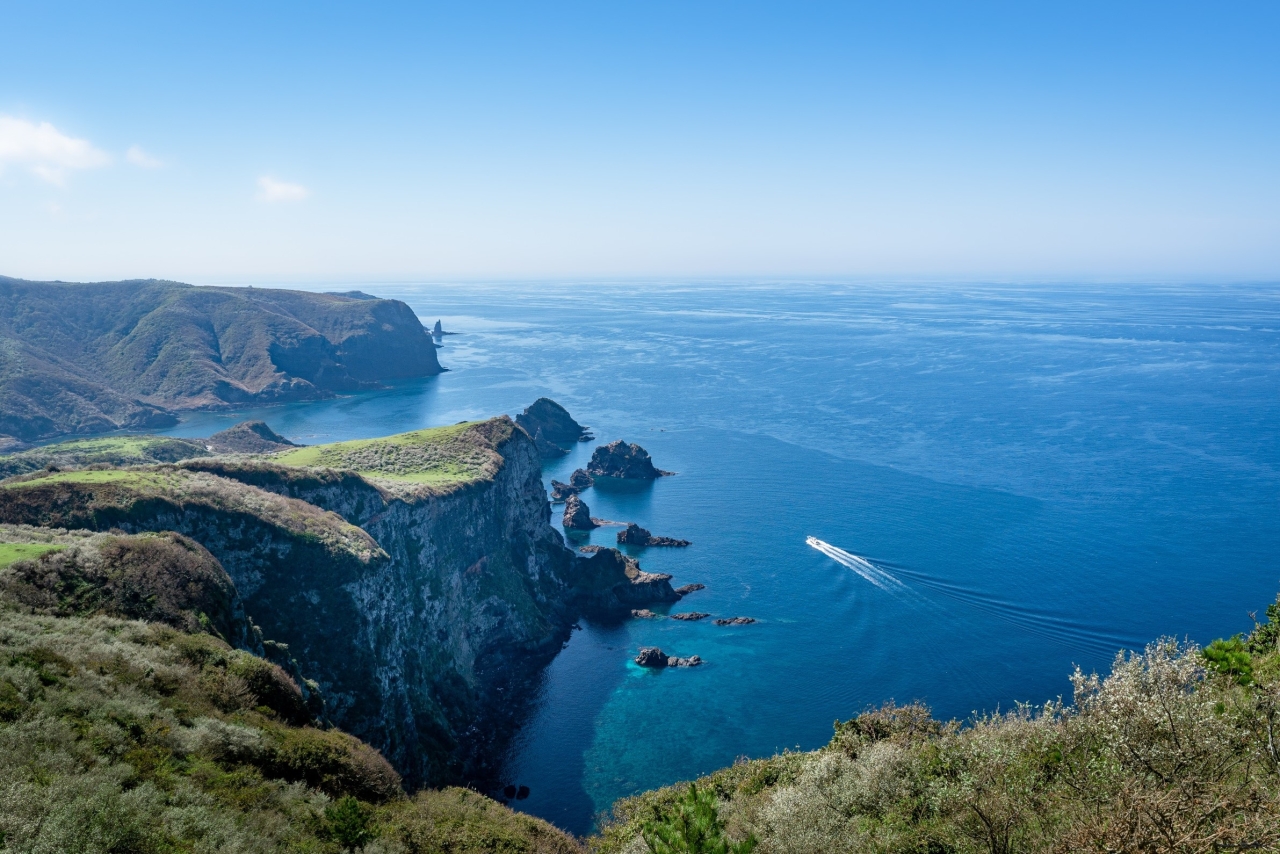NEW Article
-
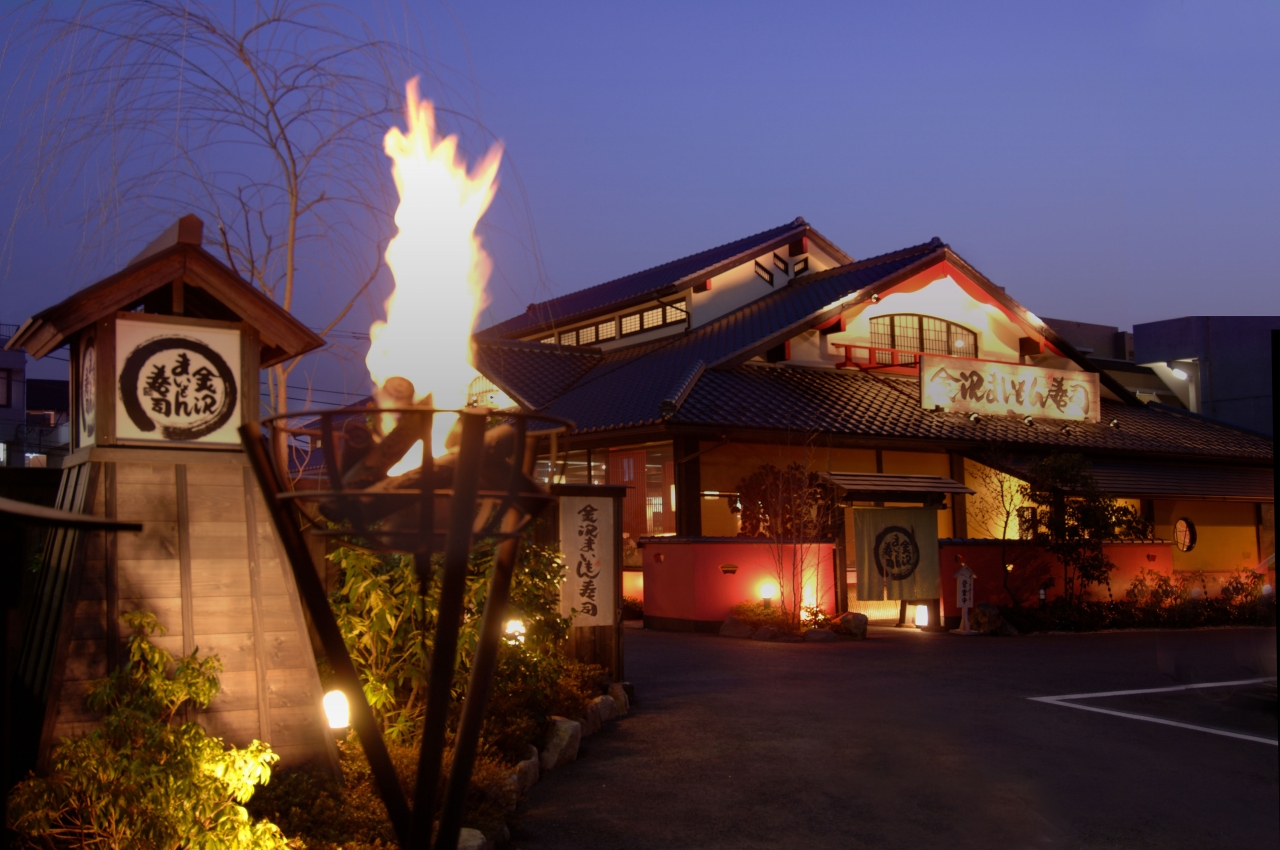
Hokuriku
16 SUSHI×TECHNOLOGY Pioneering the Future of Food Culture from Kanazawa.
Kanazawa City in Ishikawa Prefecture in Japan’s Hokuriku area is known for Kenroku-en Garden, Kanazawa Castle, and the Nagamachi Samurai District, all of which are steeped in the history and culture of the expansive former Kaga domain; as well as magnificent food culture that incorporates the delights of the Sea of Japan. Kanazawa Maimon Sushi was first launched in Kanazawa City in 2000. Extremely popular as a high-quality, gourmet kaitenzushi (conveyor-belt sushi) restaurant, Kanazawa Maimon Sushi has attracted a lot of media attention. M&K Corporation is the restaurant’s managing company, and using Kanazawa as its platform, it is currently working to expand the potential of sushi worldwide as a central element of Japan’s food culture. Kanazawa Maimon Sushi has in place a unique strategy for the future of sushi—this has the potential to impact significantly on food not only in Japan, but around the world.
Read more -
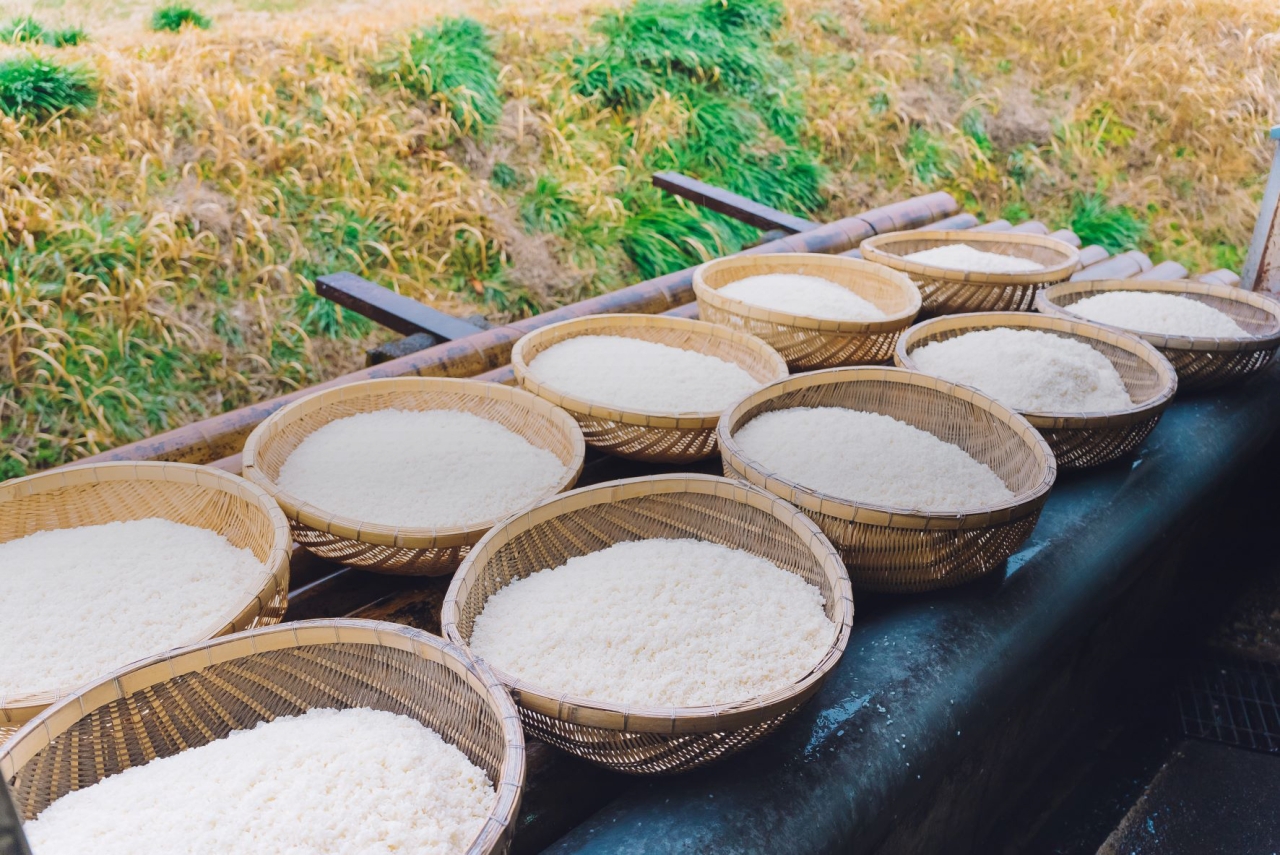
Kyushu
17 Building a Future for Kuma Shochu through the Passion and Strategies of Local Distilleries Hitoyoshi Kuma
Kuma Shochu is one of the shochu brands designated as a Geographical Indication by the World Trade Organization. It is produced in the Hitoyoshi Kuma region, which is in a long, thin basin that stretches 40 km east to west and 10 km north to south in the southern part of Kumamoto Prefecture. The basin is surrounded by the Kyushu Mountains and through its center runs the Kumagawa River, one of the three fastest flowing rivers in Japan. Hitoyoshi Kuma has been called “Japan’s most vibrant hidden village.” Unusually, there are 27 different shochu distilleries centered in this one region. Each of these distilleries has carried forward the area’s more than 500-year-old rice shochu tradition, and today they continue to create unique shochu products that maximize their individual features and charms. During the Meiji period (1868–1912), Kuma Shochu was an extravagant drink that cost four times as much as sake. One of Kuma Shochu’s appeals is the hard work that distillery owners put in to raising the product’s value.
Read more -
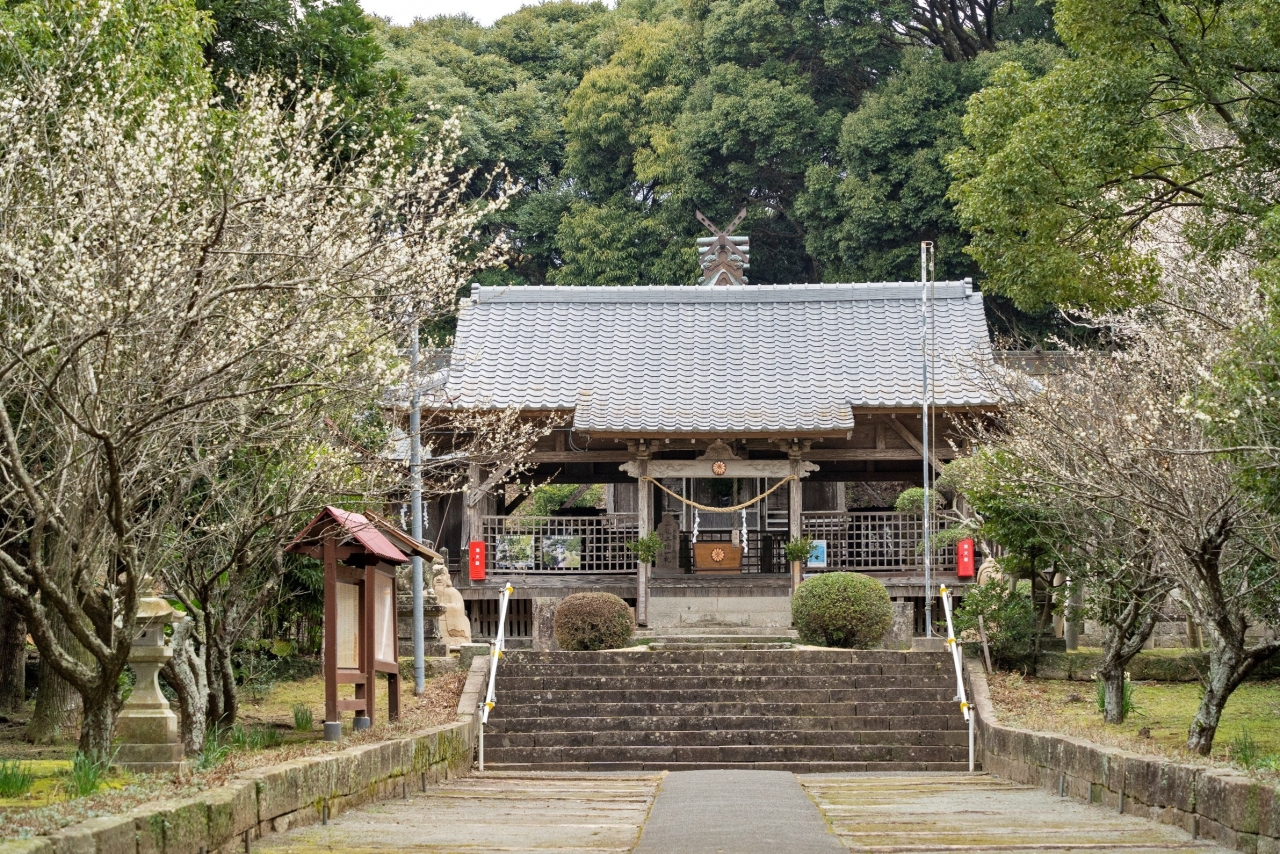
Kyushu
18 A Pioneering Spirit to Spread Satsuma Shochu Worldwide―Satsuma
The stories of the dieties at Takaya Shrine in Minamisatsuma City, Kagoshima Prefecture, are said to have foretold the birth and development of shochu in Kagoshima, and as such the shrine has come to be known as the Shochu Shrine. Traditionally, Kagoshima has not been suitable to rice cultivation—and in turn sake production—due to its high temperatures, high humidity, frequent typhoons, and volcanic soil. During the rule of the Satsuma clan in the mid-Edo period, however, the sweet potato shochu production flourished as a local culture with the arrival of sweet potatoes. From then onward, the industry has overcome the area’s unfavorable geographical conditions by incorporating techniques from overseas, such as unique distillation methods and the use of black koji mold. Doing so helped to develop a unique sweet potato shochu. Toward the end of the Edo period, the Satsuma clan produced many outstanding individuals who helped to drive the modernization of Japan. A pioneering spirit of boldly taking on difficult challenges and creating a new era without being bound by precedent is firmly rooted in this region. Today, the endeavors of various shochu distilleries and their initiatives with local communities are helping to spread the charms of Satsuma Shochu worldwide.
Read more -
Chugoku
19 Finding Value in What Is Available The Fascinating Nature, People, History, and Food Culture of the Oki Islands
The Oki Islands are located 40–80 km north of the Shimane Peninsula. The Oki Islands consists of 180 islands of various sizes, four of which are inhabited, and blessed with abundant nature. These nature-rich remote islands have long been a place for interaction between people and culture. Historically, there were well-known as the place where Retired Emperor Go-Toba and Emperor Go-Daigo were banished, while the islands also flourished as a stopover for ships sailing the Sea of Japan during the Edo period. The rich and diverse cultures that have developed throughout this long history has been carried on to the present day. Fascinated by the charming way of life, many people have also moved to the Oki Islands. Records of the Oki Islands appear as far back as in the Kojiki, or Chronicles of Japan. Looking back on this history, today these migrants are working to create a new future for the islands. As remote islands, there are some things that are “missing” from the islands. However, people here have realized what “exists” only on these remote islands.
Read more -
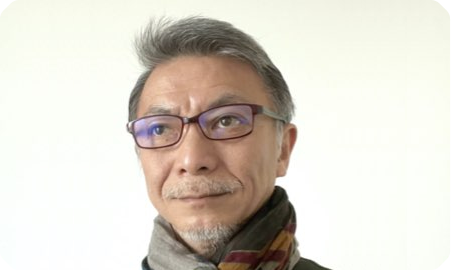
2 Qualitative Global Changes and Expectations for Japan
Securing energy resources is paramount for our livelihoods. Until Russia’s invasion of Ukraine hit the headlines in 2022, decarbonization and the SDGs were the main topics in the UK, which hosted COP26 in the autumn of 2021, and in other environmentally advanced European countries. With it now compulsory for companies to disclose their environmental information, systems are in place to limit funding in industries that have negative environmental impacts and in companies with negative, passive approaches to environmental measures. Carbon neutrality, meanwhile, has been positioned as an achievable target through enormous funding and technological development, which to be prepared mainly in advanced nations. Elsewhere, through Russia’s invasion of Ukraine, the distressing dependence of European countries on Russian energy has become increasingly apparent. Since the beginning of life, securing energy resources has been the most important task for humanity in every age. Behind the scenes, however, there has been a qualitative change in values that can be viewed as a countercurrent in time. Changes in the Monetary Value There are some who believe that the monetary value is decreasing, while others believe that the more money they have, the happier they will be. Let us use real estate as an example. New-build condominiums in the city center are often sold out on the spot. Chances of purchasing the most popular homes are less than a hundred-to-one, while the prices of these condominiums have increased by approximately 50% over the past decade. Let us now compare the value that can be obtained from a residence that cost 40 million yen ten years ago with that costs 60 million yen today. Functional value, such as convenience and safety, and emotional value, like views from the windows and local atmosphere, remain almost completely unchanged. Even if you pay 50% more, you do not get 50% more value. There are two things we can learn from this example. The first is that the soaring prices caused by the recent excess liquidity have not increased the value of an object, but rather lowered the monetary value. The second is that there is a limit to measure value in terms of monetary value. Changes in Society Next let us look at changes in social trends except for monetary value. I have intentionally created a list of the trends with two extremes. From measures of the whole to measures of the individual From individual ownership to collective ownership […]
Read more -

3 Japan’s Coexistence with Nature and Expectations for the Future of Food Culture in Society
The Ise Jingu Shrine hosts approximately 1,500 festivals and rituals each year, but perhaps the most important one is the Kannamesai festival, which is a symbol of Japan’s rice culture. Among these annual festivals, the Shikinen Sengu ritual is said to be the shrine’s most solemn ceremony, that the shrine’s deity (the sun goddess Amaterasu) is transferred to a new shrine building every twenty years. This In the Man’yoshu book of poems and other classical texts, the Ise Jingu Shrine is so called as Kamukaze no Ise, or Ise of divine winds. “Divine winds” brings to mind a gentle climate, natural features, and sufficient amount of rain for abundant harvests. I believe it is the ideal representation of Ise. Moreover, according to the Nihon Shoki, or Chronicles of Japan, during the reign of Emperor Suinin, Amaterasu said to Yamatohime-no-mikoto, “This Ise of divine winds is a province where the waves of heaven continuously reach the shore.” Amaterasu is a symbol of the sun, and her words imply the sun, the wind and the waves nurtured the nature of Ise, and show how the sacred city exists as one with nature. Food, clothing, and shelter are essential for humans These three elements are also an essential part of the Shikinen Sengu, which was first conducted around 1,300 years ago. Here I would like to focus on the food that have been offered forshrine deities throughout the shrine’s long history. Today, global environmental consideration are growing and the increase in greenhouse gas emissions and the disposal of leftover food are frequently broadcasted on news. I believe that the food culture at Ise Jingu Shrine could contribute to the future of global society. According to a record from 804 (Enryaku 23) of the ceremonies held at the Kotai Jingu Shrine, which is the inner shrine at Ise, at the Tsukinamisai festival held on June 15, local peasants from Shima province offered abalone and turban shells to the deities. Meanwhile, in chapter 4 of the Engishiki (Procedures of the Engi Era; completed 927 (Engi 5)) , which is about ceremonies at the Ise Jingu Shrine, offerings at three important shrine festivals were said to be dried foods, sea slugs, skipjack tuna, seaweed, salt, and oil. In the medieval text Jinposho—a list of districts within the Ise Jingu Shrine —we can see that, including from 14 districts in Ise province, the inner and outer shrines […]
Read more -
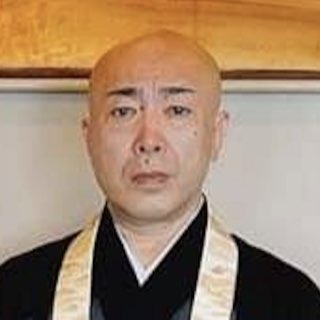
4 Teachings for the Future from Shojin Ryori
There is an old children’s song that has been passed down in Sakamoto at the foothills of Mt. Hiei, where the old satobo residences of former monks can be found. The song is about the food consumed by Buddhist monks. The Buddhist monk Saicho, who founded the Tendai sect of Buddhism on Mt. Hiei, brought tea and tofu skin to Japan from China. The children’s song mentions a Buddhist meal of broiled tofu skin and takuan pickles, the latter of which is thought to have first been made by Ryogen, the 18th head priest of the Tendai sect who lived during the Heian period. As can be seen from this song, meat and fish are not consumed on Mt. Hiei, which has for many years been a location for ascetic training. Instead, priests on the mountain consume shojin ryori, a vegetarian Buddhist cuisine. Shojin ryori does not use any animal proteins from meat, fish, or eggs, nor does it use any pungent vegetables such as spring onion, onion, or garlic chives. The dashi used in shojin ryori is made from kombu seaweed or dried shiitake mushrooms. Shojin ryori places thorough importance on the balance between sourness, bitterness, sweetness, spiciness, and saltiness, and the idea is to enjoy the natural taste of the ingredients. Further, before and after every meal, it is custom for Buddhist priests to recite a prayer called the Saijikigi, a tradition that has continued for many years. The pre-meal prayer can be roughly translated as follows: “We are fortunate to receive this food thanks to the divine protection of Buddha and the blessings of living things. We shall respect the origins of the ingredients and appreciate the differing strengths and weaknesses of flavor. We will give thanks for these blessings and the variety of ingredients we consume.” After meals, too, we recite a prayer to give thanks for the life we have consumed to support our own. These prayers have been translated into modern Japanese from the Kanjin jikiho produced by Tendai Daishi, who is revered as the founder of the Tiantai school of Buddhism. Although we tend to consume delicious ingredients without much thought,but we are consuming life in fact. The Saijikigi is an expression of thanks for all living things. Behind this idea is the Buddhist belief that Buddha exists in all things, be it mountains, rivers, trees, or grass. At Enryaku-ji Temple on Mt. […]
Read more -

5 Well-being Social Design Inspired by Food
In Japan, 2021 was the so-called the first year of well-being. Because, well-being was positioned as an important part of the government’s Basic Policy on Economic and Fiscal Management and Reform and its growth strategies. In this Basic Policy, it is clearly stated that “well-being KPIs should be established in the government’s various basic plans.” In response, well-being KPIs were established in a total of 32 basic plans put together by governmental organizations such as the Cabinet Secretariat, MEXT, MHLW, MAFF, MLIT, MOE, Cabinet Office, and CAA. These developments are expected to be accelerated further from fiscal 2022 onwards. One of the many definitions of well-being is “a positive feeling or state among individuals or communities.” This is not a fixed definition, but rather a concept that can change dynamically across different generations and cultures. Needless to say, as a such an ambiguous concept, there are diverse interpretations as to what constitutes well-being and what leads to well-being. As such, scholars have long since given up on efforts to define a fixed shape for well-being. How are scholars tackling the topic? Rather than focusing on a shape, they are looking at the factors that lead to well-being. And so, leaving what constitutes well-being to the targets of their investigations, scholars have been researching what factors influence their targets’ ideas of well-being through various surveys for more than half a century. These investigations have led to some interesting discoveries. That is, while the shape of well-being differs from person to person, there are many similarities in the factors that influence their well-being. One easy-to-relate to factor is income.For many people, a certain level of income is a key factor behind their well-being. The way that this income is used to achieve well-being, and what shape this well-being takes, varies by person.Another factor is social tolerance. This shows that, regardless of generation or culture, a society in which there is no categorization or discrimination is an important factor for many people’s well-being. As a one of the researchers of well-being myself, I regularly examine what factors play an important role in people’s well-being. One factor I have discovered is the gender gap in cooking frequency. Specifically, when looking at society overall, the narrower the gender gap in cooking frequency, the higher the level of well-being. In almost all societies, women cook more frequently than men. In other words, societies in which men […]
Read more -

7 Breaking Free of Our Reputation as a Major Generator of Food Loss and Waste and Communicating Our Achievements to the World
According to estimates from the Ministry of Agriculture, Forestry and Fisheries and the Ministry of the Environment, in fiscal 2019,Japan was responsible for around 5.7 million tons of edible food loss and waste. This placed Japan as the sixth worst country in the world and the overall worst in Asia for the volume of food loss and waste. Despite this shocking figure, since long ago, embedded in Japanese society has been the term mottainai, a thorough expression of regret that something has been put to waste. Moreover, long before the SDGs came to the fore, Japanese people have expressed their thanks for a meal with the phrase itadakimasu and, as a sign of respect for the deity of rice, treated the completion of a meal as a virtue. Meanwhile, Japan is famous for its manufacturing, and its outstanding manufacturing companies have for a long time created highly durable, long-lasting products, building sustainable business models in an array of fields that are far-removed from other mass-production, mass-consumption models. Where, then, does this contradiction between Japan’s traditional dislike of waste and its current food loss and waste problem come from? This question was the very reason I set up the Food Loss Bank in 2020. Ultimately, I came to the conclusion that Japan’s peaceful state was part of the problem. Japanese people tend not to take ownership of a problem, instead relying on the idea that someone else will take care of it. This doesn’t only apply to individuals. In fact, some corporations have been criticized for “greenwashing”—that is, engaging in environmental initiatives as a mere formality for the SDGs, but not really working to minimize environmental impact. Moreover, there are also some fruitless claims that climate change does not exist. It is also often the case that companies or individuals feel like they have taken the necessary action after one-off donations or single SDGs events, tending to forget about the fundamental issue itself. In the end, perhaps the most important thing is how many people can take ownership of the problem and generate action. Some think that it is the duty of major companies to take the initiative and deal with the food loss and waste problem. Of course, companies in the food and drink industry, the food manufacturing industry, and the logistics industry, for example, do have a huge responsibility. However, the truth is that around half of the abovementioned […]
Read more -
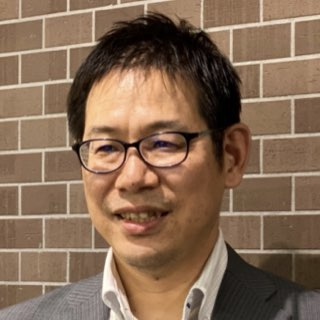
8 The Changing Roles of Chefs in Green Jobs and the Role of Career Education in Japan
The United Nations has said that up to 37% of the world’s greenhouse gas emissions come from global food systems. As we all reap the benefits of these food systems, we all play a role in global warming. As such, it is essential that we reexamine consumer behavior that up until now has been indifferent to environmental issues, and that we change our routines accordingly. Economic strategy in post-COVID-19 Europe has been focused on “green recovery”, and as one example, the European Commission has formulated the Farm to Fork Strategy. In Japan, too, the Ministry of Agriculture, Forestry and Fisheries is currently putting in place various environmental policies. Key to these strategies and policies is consumer education. While the fact that these economic strategies take a so-called product-out approach remains unchanged, what is important is to generate demand. To make the transition to more environmentally conscious consumer behavior, efforts in Europe to make environmental education a compulsory part of primary education are progressing, and similar efforts in Japan will no doubt follow suit. Having consumers acquire complete knowledge of environmental issues will help to promote the shift away from this indifferent mindset. However, there are limits to what compulsory education and a sense of responsibility can bring. Added value associated with environmental awareness must exceed price and quality. The automotive industry, for example, has been a gamechanger in linking environmentally conscious consumer behavior to status. In the same way, food systems must aim to link consumer behavior to a more enriched society. The ability to do so will be the key moving forward. For example, the goal for sustainable food systems could be to create decentralized societies or circular and ecological societies. This would ensure that, rather than local consumers feeling like they have to consume local ingredients and organic ingredients, doing so would help to create successful industries based on local food cultures. Goals such as these could be a significant driving force behind the transition to sustainable, abundant food systems. In Europe and US, there has been increasing attention on the role of chefs, whose responsibility in food systems is to create added value. They are also seen as influencers. Recently, it is not uncommon for chefs to have their own vision for society based on a complete viewpoint. The Michelin Guides, which assess restaurant quality, have begun awarding restaurants with Green Clover symbols. These symbols recognize a […]
Read more
記事検索
キーワードから探す
- すべて
- Ryotei & Restaurants
- Lodging/Hotels
- Producers
- Technology
- DX (Digital) & SNS
- City Planning
- Utilization
- Gastronomy and Culinary
- Japanese Nature
- Japanese history and traditional culture
- Japanese Food Culture
- Agriculture
- Fisheries
- SDGs
- Local production for local consumption
- Foreigner Activation
- Experience
- Overseas Expansion
- Fermentation
- Public-private partnerships and collaborations
- Sake
- Community Revitalization
- Spirituality
- Japan of the Sea
- Mountain Japan


